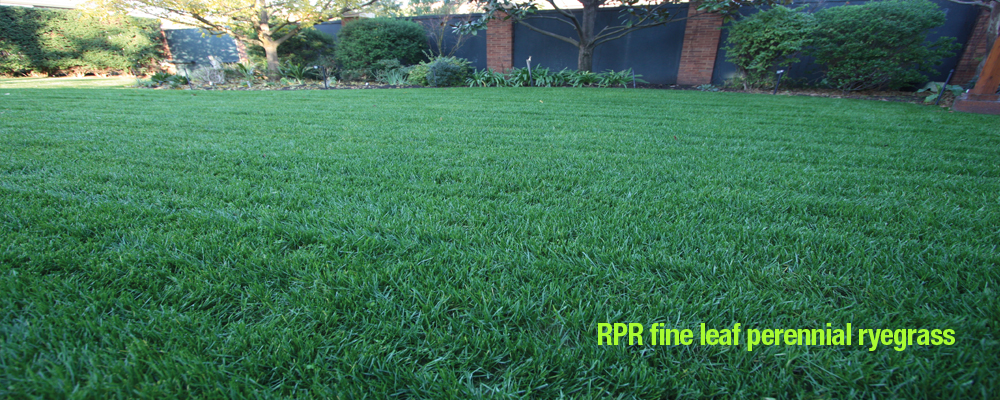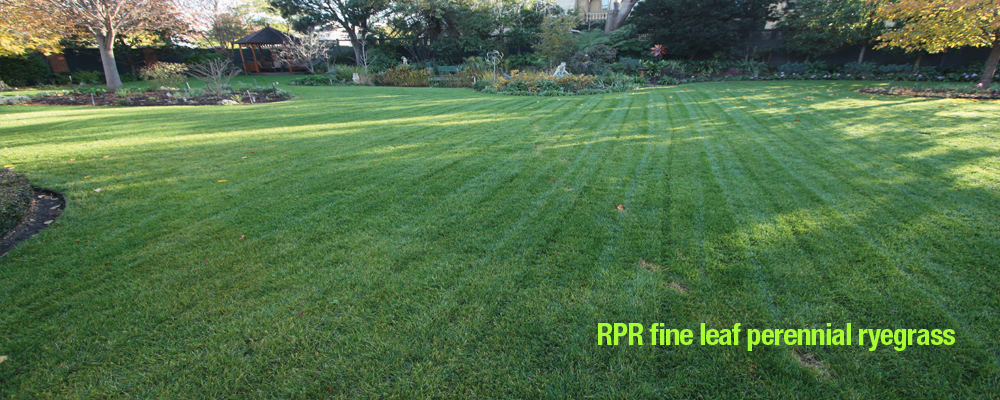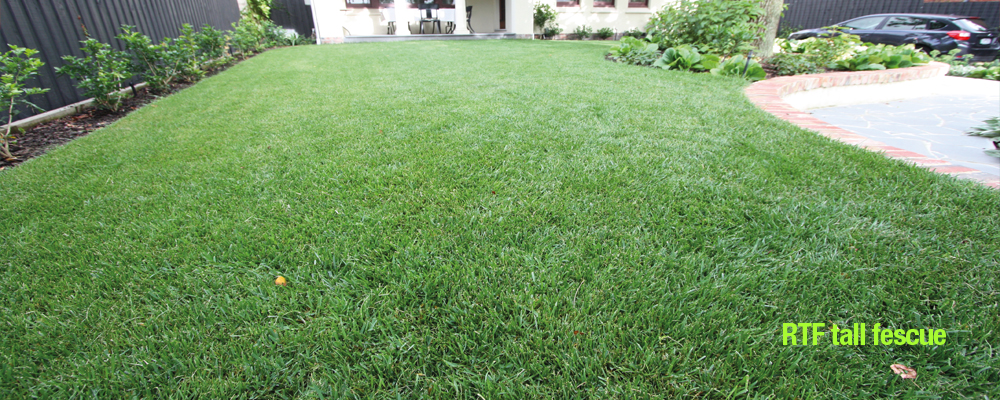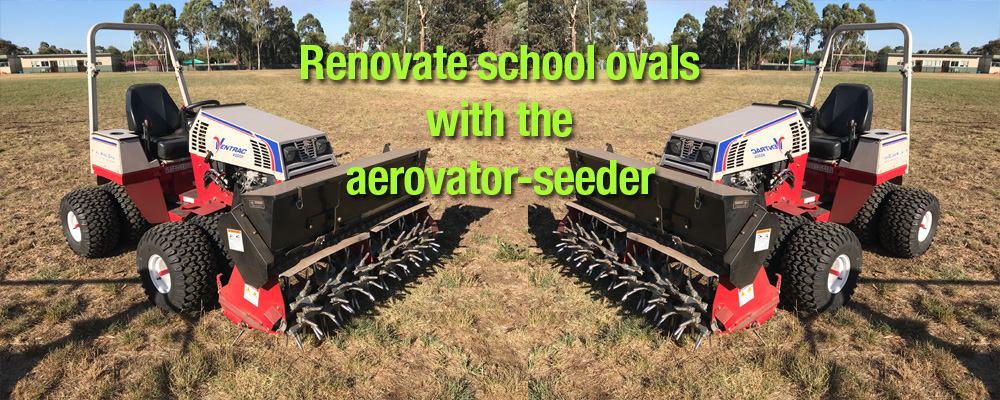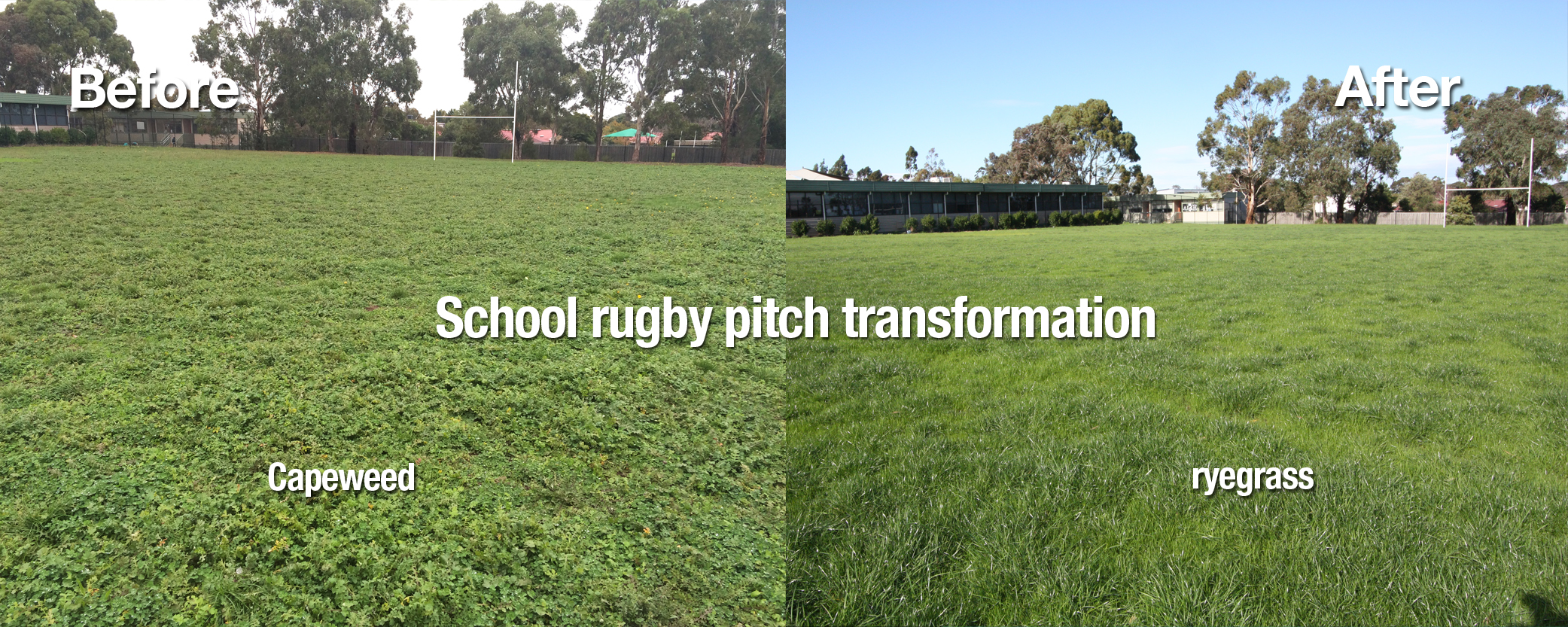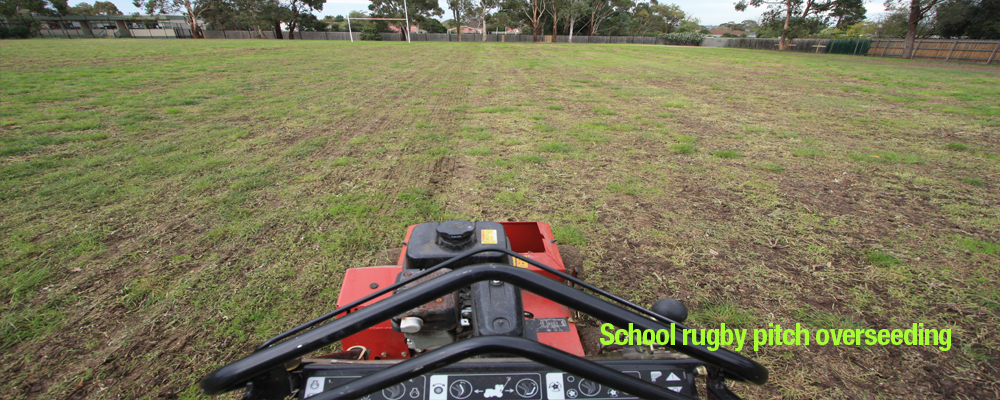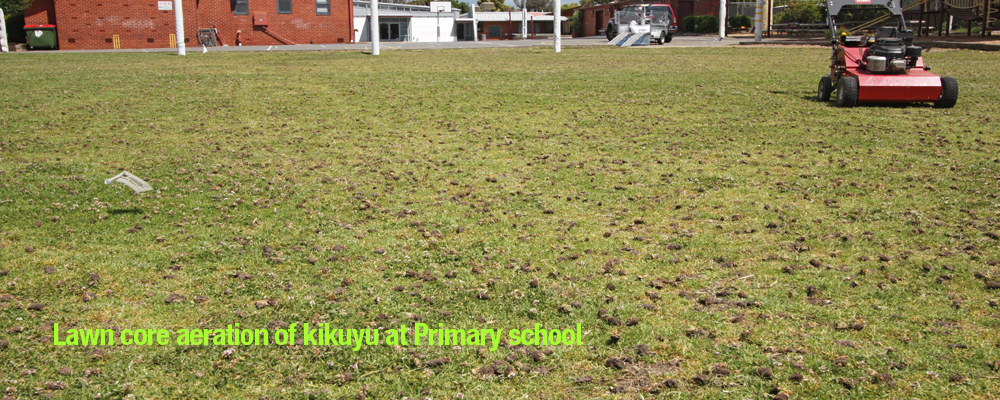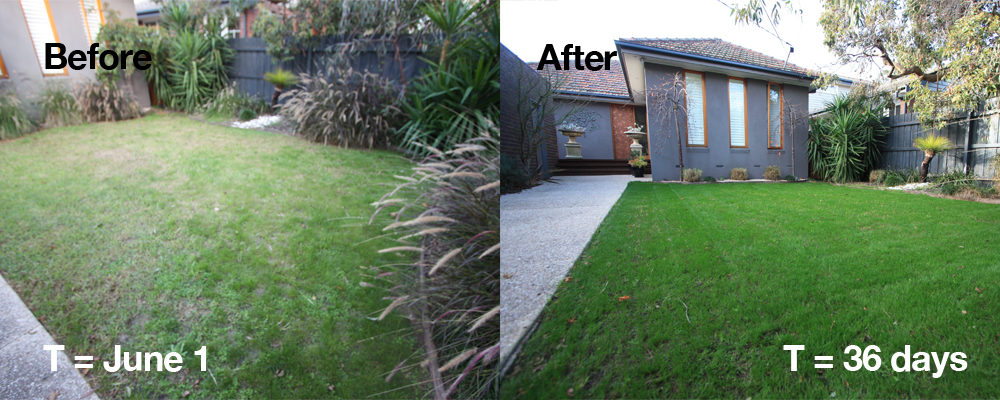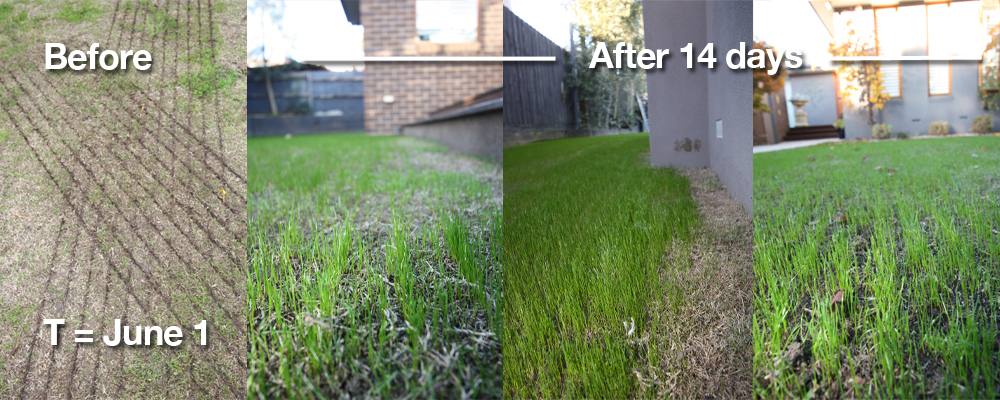
Lawn nutrition | Fertilising lawn
Dollar for dollar, Fertilising lawn does more to improve poor-quality turfgrass or to maintain good-quality turfgrass than any other management practice.
Turfgrasses require at least 16 nutrients for normal growth and development. Some nutrients are needed in large amounts, other nutrients only in minute quantities.
Nitrogen, phosphorus, and potassium are referred to as primary nutrients and must be supplied periodically to turf through fertiliser applications. Calcium, magnesium, and sulfur, the secondary nutrients, are needed only occasionally in the form of fertiliser or lime.
The trace elements (micronutrients) iron, manganese, zinc, boron, copper, molybdenum, and chlorine are required only in minute amounts and are rarely supplied to turfgrasses through fertilisation. Exceptions are if turfgrasses are planted on high-sand-content soils, such as Melbourne’s sand belt. Deficiencies can also appear as a thinning of the stand, stunted growth, and increased susceptibility to disease.
Reseedmylawn : Fertilising lawns, greenspace assets and school sportsfields
Reseedmylawn have a range of inorganic, organic and foliar fertilisers containing macro and trace elements. We are regularly engaged to fertilise school sports grounds, home lawns, public and private green space. We are able to recommend the most appropriate fertiliser based on a number of agronomic variables, including budget.
All our reseeded lawn receive complete slow release organic base fertiliser along with capital phosphorus, nitrogen and trace elements. Reseeded lawns are followed up with strategic nitrogen applications.
Nitrogen
Nitrogen is an essential element for all living things and the mineral element needed in the largest amounts by turfgrasses. It is in limited supply in soils and available to plants only after it has been converted to nitrate (NO 3 – )or ammonium (NH 4 + ) by microorganisms or industrial processes (fertiliser). Both forms are highly polar molecules and adhere to the polar ends of the water molecule. As such where water goes, so does nitrogen, particularly nitrate. As such, nitrogen is easily leached from the profile and needs to be reapplied. One solution is slow release N fertilisers or organic forms that have to be broken down slowely by microbes. In most cases, nitrogen fertilizer must be applied regularly to maintain high quality turf.
In Melbourne’s sandbelt, Nitrogen defeciency is the single most limiting factor for turfgrass growth and vigor. Application of N should be made considering the time of year, watering regime, turfgrass growth lifecycle, soil texture (clay or sand), the fertiliser type and other. A rule of thumb is to “grow grass when grass grows”.
For the warm season grasses, apply nitrogen periodically from October thru to April with irrigation. For the cool season grasses, apply when the grasses are actively growing- more frequent in autumn and spring, less frequent in winter and summer.
A good visual test for Nitrogen deficiency is a distinct yellowing of the leaf tips in the older most leaf blades. Turfgrass plants self consume protein nitrogen within the older leaf blades, translocating it, to support the youngest emerging leaf blade.
Phosphorus
Phosphorus is extremely important for rooting, seedling development, cell division, cellular energy ATP interactions and the synthesis of various compounds within plant cells.
Phosphorus deficiencies in turf are usually expressed in the early stages of seedling development, appearing as a purple or red colouring of leaf blades and as reduced growth and tillering.
Phosphorus is largely immobile in soils—meaning that it takes a long time to move from the turf surface into the root zone. Phosphorus may take weeks or months to move just a few centimetres in soil. Because of its poor mobility, phosphorus should be incorporated into the soil prior to seeding or sodding.












